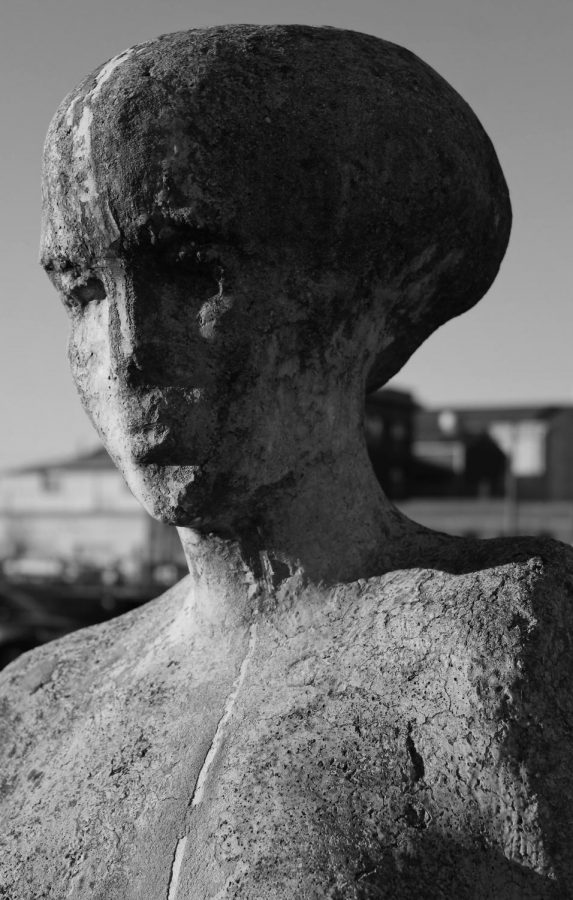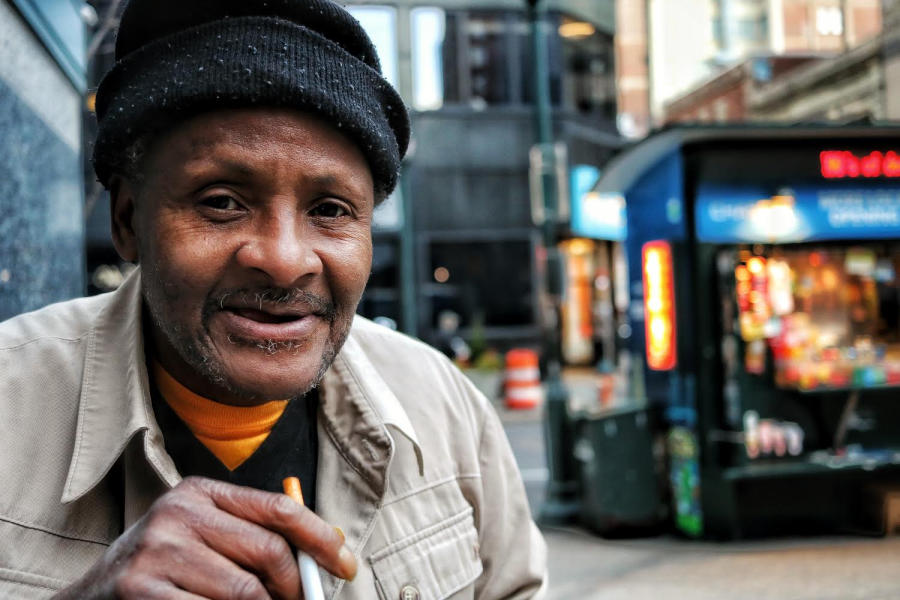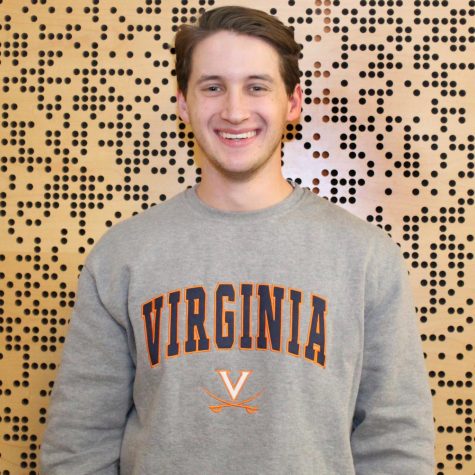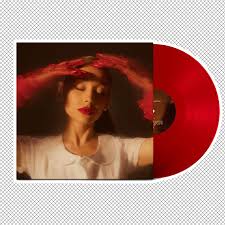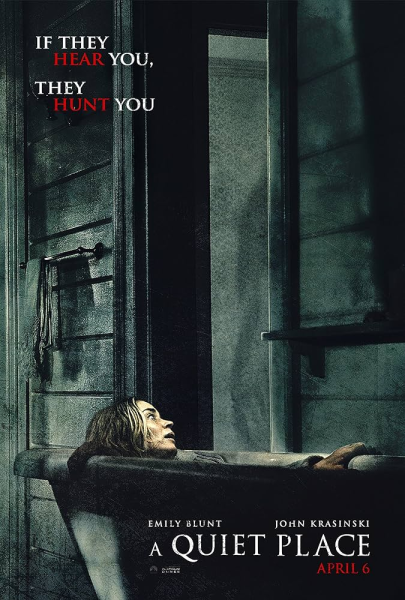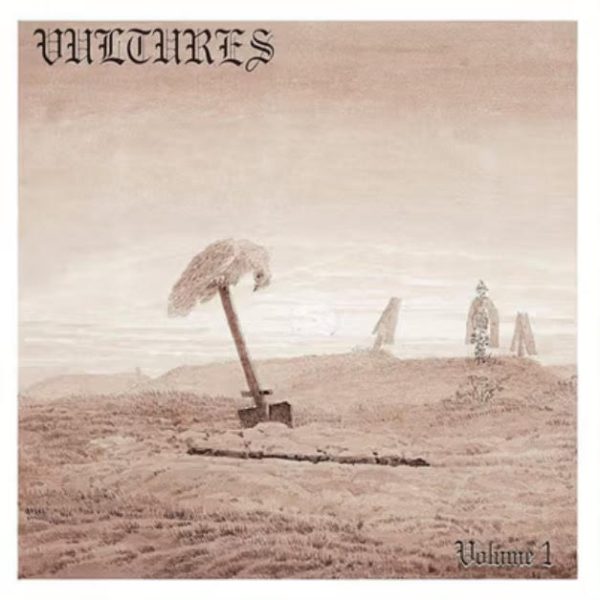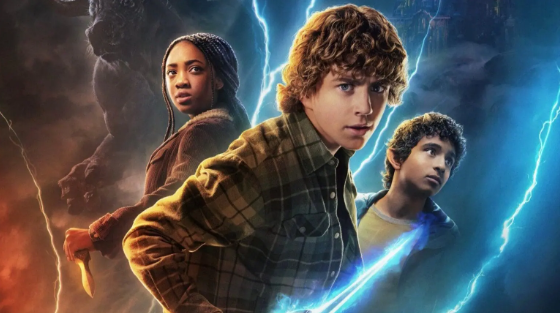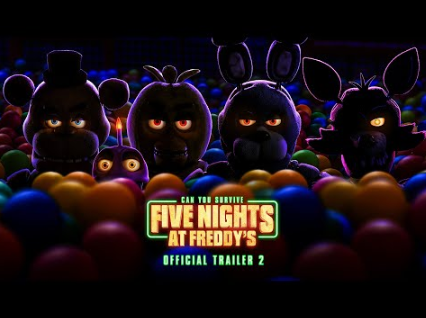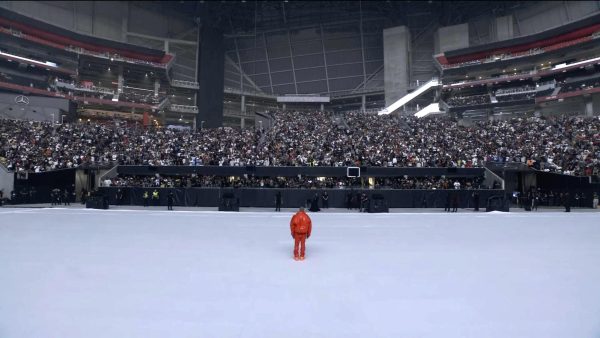The Insight and Impact of Photography
November 20, 2019
“Every time we raise the camera to our eyes, we become morally responsible to ‘the photographed’ as well as the viewers. Photography cannot be just a privilege, it’s a responsibility that should not be abdicated” – Neeta Satam.
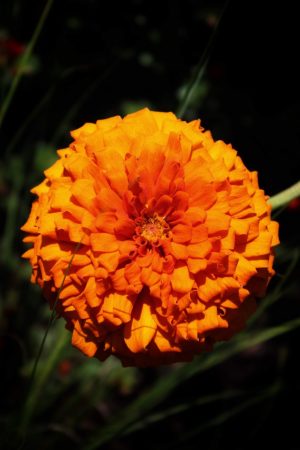
Photographers and photojournalists alike share and spread their world to others with hopes that their audience may feel emotion or motivation. Whether tasked by a company/media outlet, or traveling independently–spreading the world’s beauty while doing so– photographers bear the responsibility of capturing rawness and innocence through their photos.
Capturing art and life for people that otherwise would never see the beauty represents a moral, personal responsibility. Acknowledging some do not travel or experience the world aside from their hometown, photographs may replace those imaginations and allow others to observe the true beauty of the earth. Photography, essential in giving people a real idea of the globe spinning around them, expands our knowledge of other environments and others’ ways of life.
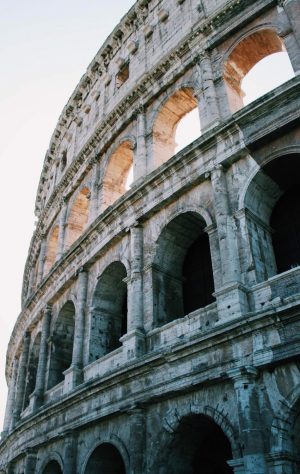
Personally, I have been fortunate throughout my year and a half with a camera to travel to faraway places and discover beautiful landscapes, architecture, and history. I hope in sharing my images from trips that I inspire others to travel and expand their boundaries further, and to appreciate just how precious this world really is. Specifically, I have traveled to the Carolinas, much of Florida, pockets of Pennsylvania, Puerto Rico, as well as Italy and Switzerland. Having photography in mind from the beginning of these trips allowed me to know my goals and plans from the start, producing pictures with better composition from the outset.
Social media’s rapid expansion allows me to have an outlet to push my media onto, rather than decades past in which journalists and casual photographers would have to develop their photos manually, costing unnecessary time and energy. The modern-day, effortless ways with which I can work astound me. I can take my pictures, place my SD card into my laptop, download the photos and place them on my archives on Google Photos, and share links to the digital media within about five to ten minutes. Rather than printing out costly physical copies, those who want a print can develop them at their leisure. Photography’s transcendence nowadays means that it covers digital media rather than physical, ownable prints with wear and tear.
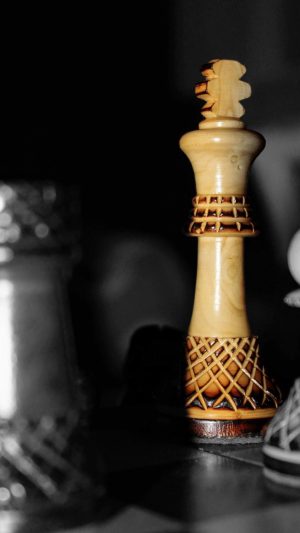
After honing in on my skill, I have created two primary, long-term goals for photography: scrapbooking my friends’ lives as well as having a claim to some historic, groundbreaking photo. I imagine my friends and their future children looking at my photos taken years past and reminiscing. If I can transport someone into a past memory, and allow someone to look back at happier times, then I will have done my job as a photographer. Photographers shoot to make someone feel something, and I hope I can represent that spark that allows someone to reminisce on a long-lost memory. Additionally, as a photographer and a history buff, I appreciate all of the groundbreaking prints that have transported me into different eras of human history. For example, NASA’s shot from the moon fifty years ago, featuring the view of Earth, represents an era of hope and ambition for the future, while still providing a snapshot of the monumental achievement for the historical archives. Its symbolic status represents exactly what I aspire to, albeit understandably less groundbreaking. As a history teacher later in life, nothing would make me more proud than to see my own photograph within a textbook. I feel as though I will achieve my lofty, yet attainable goals within my lifetime. My goals, although a bit lofty, represent something attainable, and I hope I may achieve them within my lifetime.
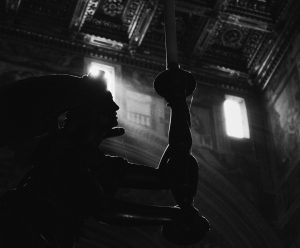
Photography fosters communities of like-minded people. Within the high school, however, select photographers create an extremely intimate group of people who share the same passion for the craft. I interviewed junior Madie Honrado and seniors Justin Heimes and Andrew Miller, hoping to receive some insight on their experience, mentors/influences, goals, and their future within photography.
Andrew Miller, a senior currently field-studying with Mrs. Migliore for digital art and photography, first entering the field of photography four years ago, purchased his first DSLR (digital) camera before entering 9th grade. The $250 investment jump-started his entry into the community. The senior learned most of the introductory skills through YouTube videos, additionally learning the camera through usage and experience out in the field. He has spent about $1,500-$1,800, planning to potentially spend upwards of $10,000 in the future. Andrew plans on focusing on photography as a part-time career in the coming years, focusing on personal photography. He prefers family and other intimate shoots with a smaller group over events with large crowds due to the connections he can form on a smaller scale. Andrew particularly enjoys landscapes, portraits, and street photography. “Street photography can be really intimidating at first,” Miller stated. “[B]ut once you get more comfortable, you can get really cool pictures because people in the city are very different and unique in their own way.” He went on to detail the importance of letting someone’s guard down, most often by mentioning his age and his shooting for the purpose of school, with his subjects understanding the rarity and intrigue of such a young artist. Andrew hopes to continue learning photography through online courses and by participating in a local photography club wherever he attends following graduation. Andrew advises that new photographers realize that equipment does not matter, but that one must learn the technicalities of their equipment in order to produce shots. “Sit down. Watch a quick YouTube video. Learn for twenty minutes,” Miller claims. “Just that little bit of knowledge you’ll get from that will really help you out. Knowing everything you can know is really important, especially composition-wise.”
Justin Heimes, another senior, has a collection of photos going as far back as he can remember, but truly became a photographer during the summer going into 9th grade–in which he visited the Smoky Mountains in Tennessee. He took digital design and photography with Mrs. Migliore in 10th grade to expand his knowledge. Justin, before purchasing a DSLR camera, used his iPhone 5S to take pictures, with which he took a personal favorite shot. Justin now uses a Panasonic model, and previously used a Canon Digital Rebel XTI. Justin has invested about $2000-$3000, including the cost for the camera body, accessories, Adobe editing software, as well as a new laptop for editing. He acknowledges the ceaseless nature of photography expenses, and that he will likely continue to invest for the foreseeable future. Justin prefers dark natural landscapes, citing them as a “good way to get out and release.” On the contrary to many photographers, Justin, not a fan of golden hour or generic sunsets, enjoys darker and more gritty scenes, including shots with desaturation and black and white filters, empty winter mornings, and trees with no leaves. “When you look out at those dark landscapes, there’s more emotion to it I think,” Heimes detailed. “That inspires me a little bit more than those brighter, more tropical photos.” Justin hopes to major in computer sciences, citing its influx of jobs and bright occupational future as his reasoning. He hopes to minor in some type of studio art, potentially making it a business. “I don’t want to put all my eggs in one basket,” Heimes affirmed, noting the inconsistencies of art as a profession. Justin praises Mrs. Migliore, Peter McKinnon, Thomas Heaton, and social media as his broad influences. Justin advises new photographers to never stop learning and perfecting their craft. “Don’t get caught in the trap of thinking you’re good,” Heimes emphasized. In other words, Justin hopes that new photographers stray away from complacency and ignorance. “There’s always someone out there doing something better than you that you can learn from,” Heimes notes. “Be true to yourself [or else] you’re robbing yourself of your own creativity.”
Madie Honrado, a junior, bought her first DSLR camera two years ago, but bought a point-and-shoot camera at the age of seven, displaying her long-term interest. She claims that she has recently invested more time into photography in the past two years due to her newfound maturity, coming from her age and time in high school. Madie owns most of her supplies, including the camera body, tripod, zoom lens, and camera bag, occasionally borrowing supplies from her father as well. She hopes to further invest in a light stand and backdrops for future event shoots. Madie enjoys nature shots but acknowledges its inconsistency. Otherwise, she enjoys dramatic portraits and sport photography. Madie has taken shots for the golf and baseball teams, and hopes to continue shooting sports for the next two years. She hopes to pursue event photography after schooling, most notably weddings and family shoots. Madie plans on taking photography courses in college, and ultimately seeks a career in forensics. Madie’s advises that photographers must always put their heart into their work and not doubt themselves, but rather to stay open-minded to new possibilities and scenarios that will improve the quality of their work. Madie also emphasizes the difference between tourist mode and artist mode, hoping that new photographers pick up on the idea that they shoot to produce art rather than shoot thousands of photos to chronicle a trip. She encourages newbies to learn through trial and error and to listen to the words of wisdom from mentors and friends with more experience.
Photography has left a profound impact on humanity through its sharing of emotion, history, and landscape. Its ability to incite emotion makes photography a truly human art form and one that will continue to evolve technologically while remaining influential on our identities as creative artists and as human beings. The purchase of my camera two years ago represents one of my greatest decisions so far through my first seventeen years. I strongly suggest diving into photography to anyone looking to share their creative talents and showcase what makes them human.



